Olympus E-3
-
-
Written by Gordon Laing
Olympus E-3 versus Nikon D300 real-life noise
Olympus E-3 Noise Filter comparisonThe Olympus E-3 offers four different noise filter settings, Off, Low, Standard and High, which apply to sensitivities of 800 ISO and above, so we shot the same scene with each setting to compare their differences. And as with previous Olympus DSLRs, there’s quite a difference between the settings. With the Noise Filter switched off in the first column, there’s unsurprisingly the greatest noise visible, but equally there’s little or no smearing of detail due to aggressive noise reduction. With the Noise Filter set to Low, there’s a reduction in visible noise, but equally an increase in softness. At the Standard setting, noise has virtually been eliminated, but at the cost of greater smearing. Then with the Noise Filter set to High, there’s a noticeable compromise in detail, albeit without any of those pesky noise markings. Like the E-510 before it, we’d say the milder Noise Filters are actually preferable to the Standard setting at high sensitivities. There’s certainly more fine detail visible even through the noise speckles, and remember you can always apply more sophisticated noise reduction to your exact tastes using software later. the important thing is there’s retrievable detail if you’re willing to turn down the Noise Filter, especially at 800 ISO. So if you’re willing to post-process or aren’t bothered by noise speckles, then you may wish to try switching the Noise Filter off altogether. But if you’d like a good compromise in-camera, then the Low setting will hang onto more detail than the default Standard setting. Now to see more real-life examples across its sensitivity range, including indoor shots under low light, check out our Olympus E-3 Gallery. |
Olympus E-3 Noise Filter: Off |
Olympus E-3 Noise Filter: Low |
Olympus E-3 Noise Filter: Standard |
Olympus E-3 Noise Filter: High | |||
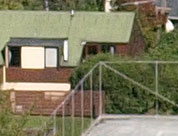 |
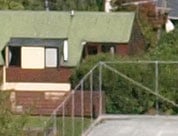 |
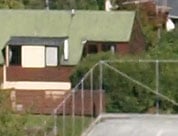 |
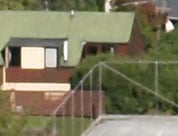 | |||
800 ISO |
800 ISO |
800 ISO |
800 ISO | |||
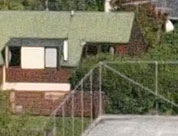 |
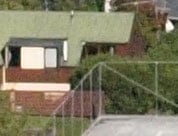 |
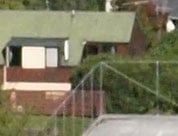 |
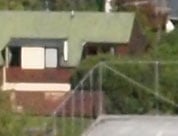 | |||
1600 ISO |
1600 ISO |
1600 ISO |
1600 ISO | |||
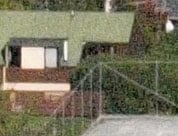 |
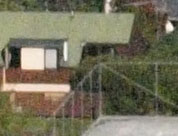 |
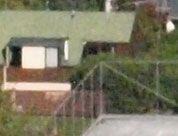 |
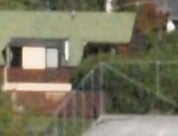 | |||
3200 ISO |
3200 ISO |
3200 ISO |
3200 ISO |
Olympus E-3 results
 |
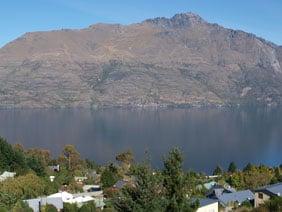 |
To compare noise levels under real-life conditions we shot this scene with the Olympus E-3 and Nikon D300 within a few moments of each other using each of their ISO settings in Aperture Priority modes. The lenses on each camera were adjusted to deliver the same vertical field of view – see note below.
The E-3 was fitted with the Zuiko Digital 12-60mm 1:2.8-4 SWD and the D300 with the Nikkor DX 17-55mm f2.8 lens.
The image left was taken with the Olympus E-3 and the 12-60mm at 24mm f8 and with a sensitivity of 100 ISO; the original JPEG measured 4.69MB. The crops are taken from an area just below and to the left of the centre and presented here at 100%.
Note: The Olympus E-3, like all Four Thirds DSLRs, captures images with a 4:3 aspect ratio that’s narrower than the 3:2 aspect ratio of most DSLRs including the Nikon D300. In this test we adjusted the lenses on each camera to deliver the same vertical field of view, so we’re not using the full width of the D300 image. The D300 is therefore acting here like a camera which delivers 4:3 shaped images with 10.8 Megapixel resolution rather than one which delivers 12.3 Megapixel, 3:2 shaped images.
As discussed on our first results page, the E-3 is delivering punchier crops than the Nikon below due to greater in-camera sharpening and a superior lens. Looking beyond this, at 100 ISO, both cameras deliver smooth, detailed images which are bereft of noise.
At 200 ISO, both cameras are still delivering smooth, detailed output, although when we examined other areas of the image with flat areas of colour like the blue sky, the E-3 exhibited a very fine texture – barely visible, but it’s there if you’re really looking for it. Certainly nothing to get worried about though, and if you tone down the sharpening to the same level as the D300 it essentially disappears.
At 400 ISO, both cameras are exhibiting mild noise artefacts with a very slight softening of ultimate detail and a fine sprinkling of noise in shadow areas. Again if you match each camera’s sharpening settings, we’d say there was still little to choose between them at this point.
At 800 ISO, there’s a bigger drop in the quality from both cameras, with smearing of fine detail. This time, the E-3 is suffering more in shadow and flat-coloured areas though with greater visible noise. This becomes worse at 1600 ISO where the E-3 exhibits noticeable noise in shadow and flat-colour areas which isn’t as obvious on the D300’s image. That said, the D300 is no angel at 1600 ISO either, with noise reduction smearing fine details. We’d still say the D300 has the edge here overall, but it’s actually quite close in many respects.
At 3200 ISO, the highest setting for the E-3, noise is visible across the entire image, and again it’s much more subtle on the D300. But as before, the D300 appears to be smoothing a lot of it out with noise reduction, which impacts ultimate detail. So while the D300 crops are cleaner, they arguably don’t contain significantly greater real-life detail. Finally, the D300 bravely offers a 6400 ISO mode, but the output isn’t anything to be particularly proud of.
So with its physically smaller sensor, we expected the E-3 to suffer more at higher sensitivities than the Nikon D300, and while we’d say the Nikon has an edge in this respect, it’s not dramatically better. The worst that can be said about the E-3 is the noise using the default filter settings is more visible in shadow areas than the D300, but remember it is also applying greater sharpening than the relatively soft and forgiving default output of the Nikon.
Ultimately the E-3’s smaller sensor size means those who regularly shoot at 800 ISO or above will probably be drawn to rival models, but up to this point it performs very well, and beyond this point it’s better than you might assume.
The Olympus E-3 offers four different noise filter settings which apply to sensitivities of 800 ISO and above, so we shot the same scene with each and you can see the results at the bottom of this page. Alternatively, for more real-life examples across its sensitivity range, including several indoors under low light, check out our Olympus E-3 Gallery.
Olympus E-3 Noise Filter: Standard (default) |
Nikon D300 High ISO NR: Normal (default) | |
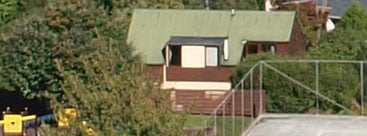 |
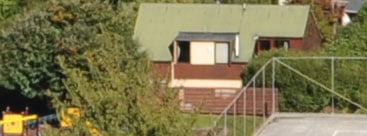 | |
100 ISO |
L1.0 (100 ISO) | |
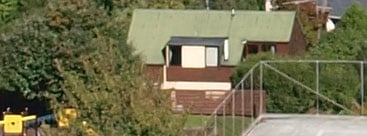 |
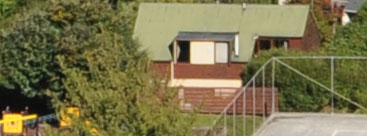 | |
200 ISO |
200 ISO | |
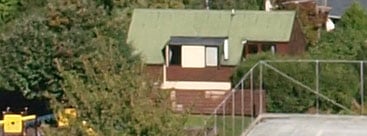 |
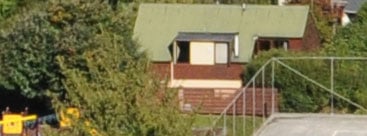 | |
400 ISO |
400 ISO | |
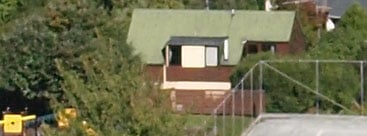 |
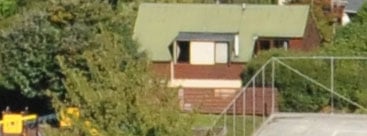 | |
800 ISO |
800 ISO | |
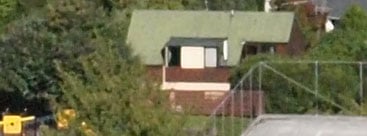 |
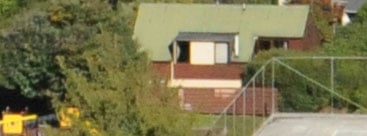 | |
1600 ISO |
1600 ISO | |
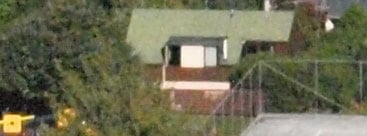 |
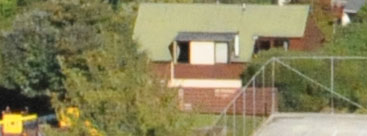 | |
3200 ISO |
3200 ISO | |
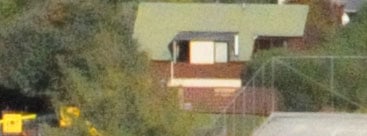 | ||
6400 ISO not available |
H1.0 (6400 ISO) |



